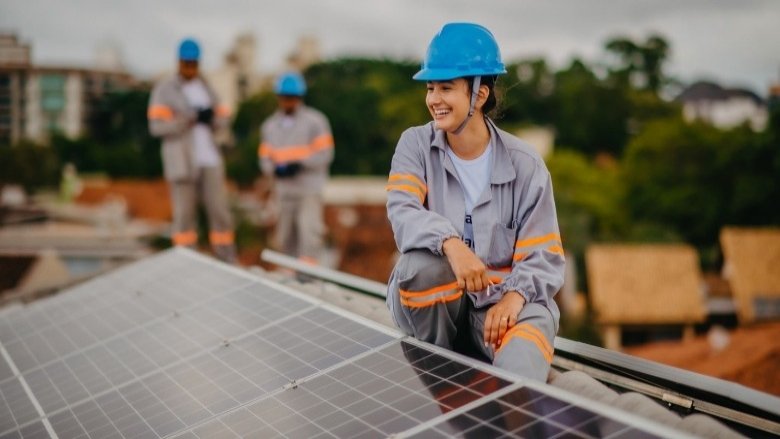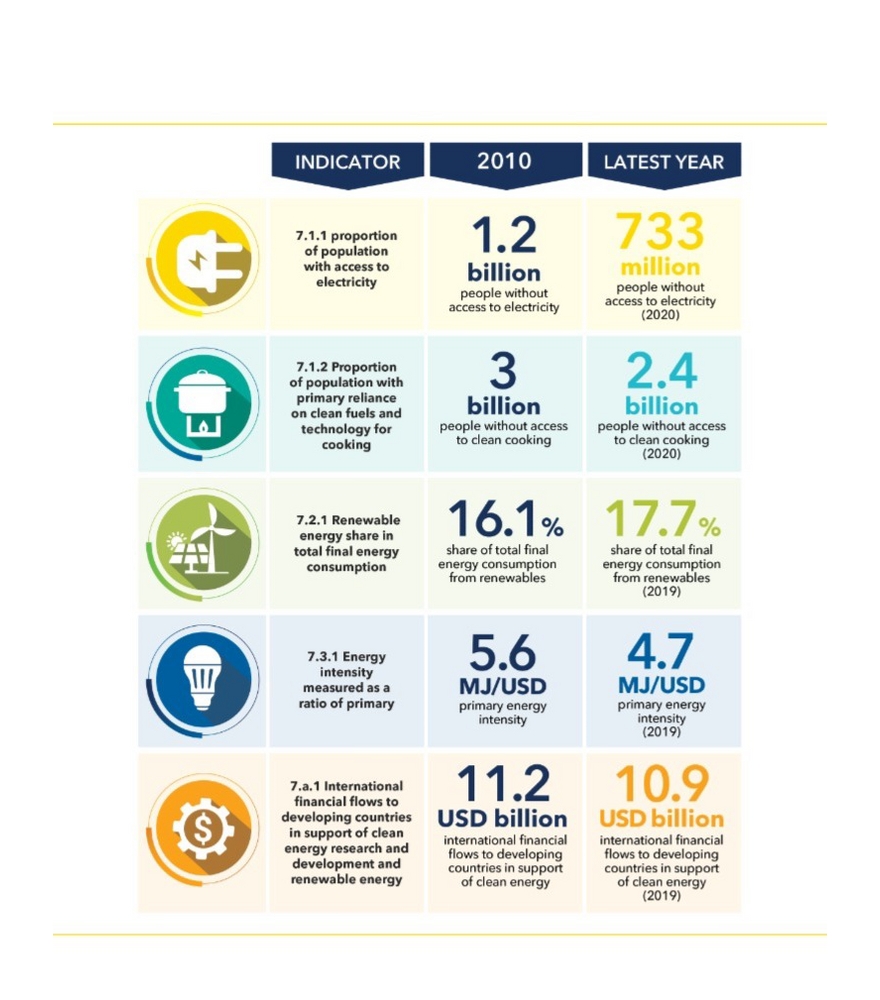View Press Release in Arabic | English | French | Spanish
June 1, 2022 — The Energy Progress Report assesses achievements in the global quest for universal access to affordable, reliable, sustainable, and modern energy by 2030. At today’s rate of progress, the world is still not on track to achieve the SDG 7 goals by 2030. Advances have been impeded, particularly in the most vulnerable countries and those that were already lagging.
Innovative policies and technologies continue to emerge and bring benefits to the energy sector, but the impact of the COVID-19 pandemic set progress back in ways that were not foreseen in 2019. Not only is the world not on track to reach SDG 7 under current and planned policies, some targets are even farther away than they were.

